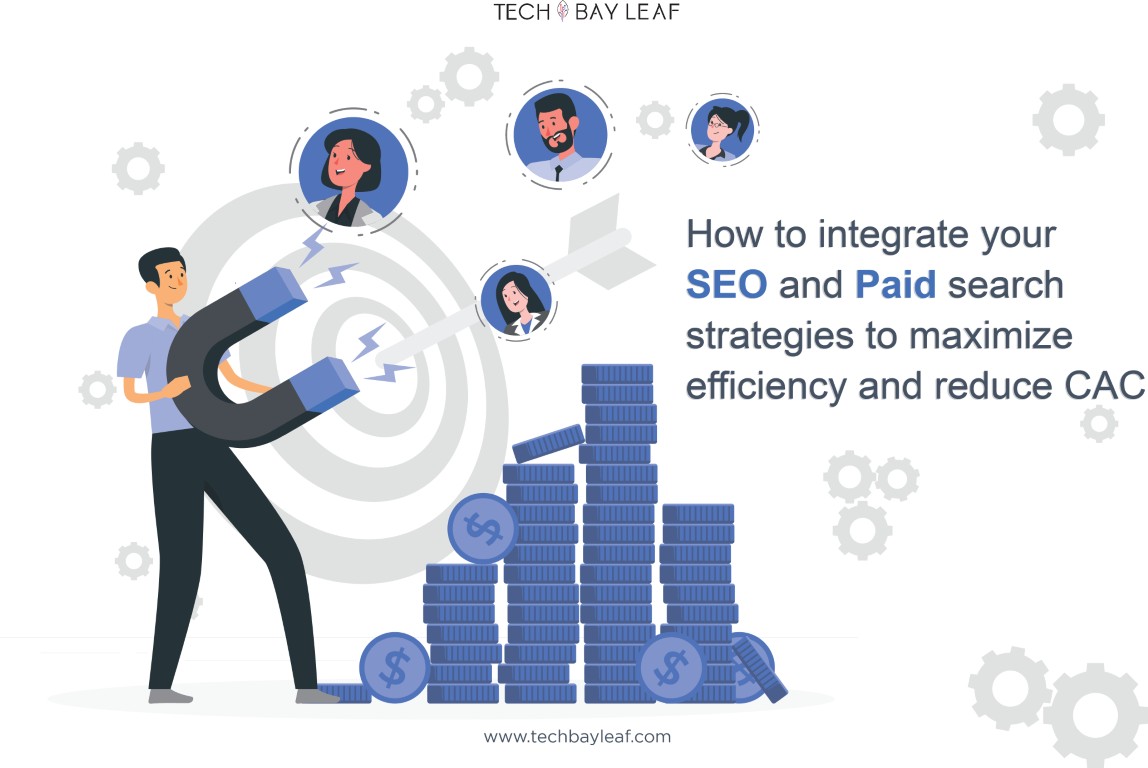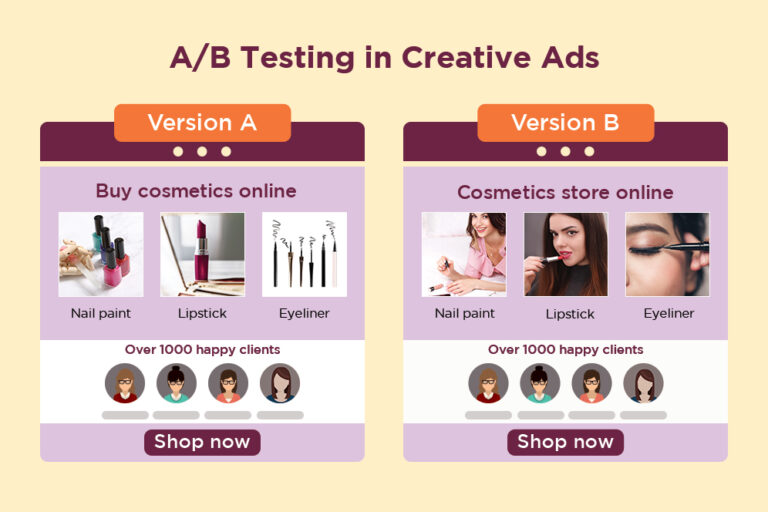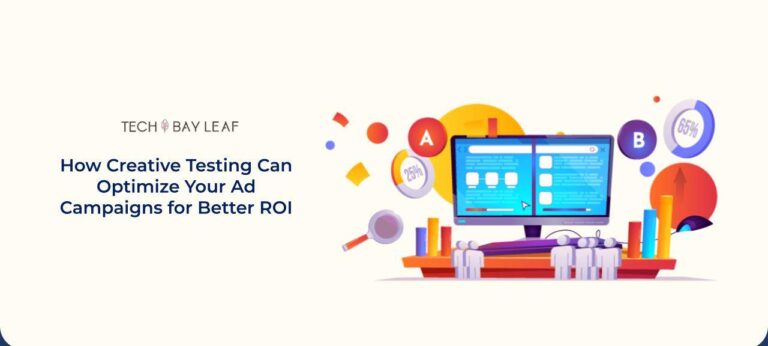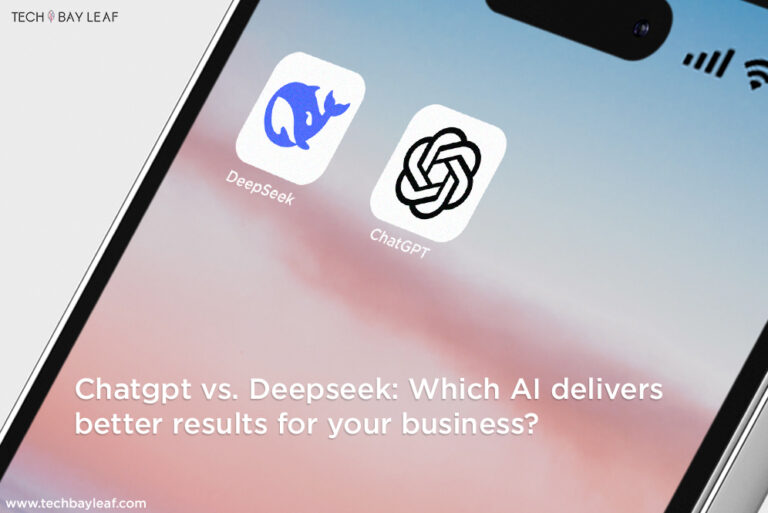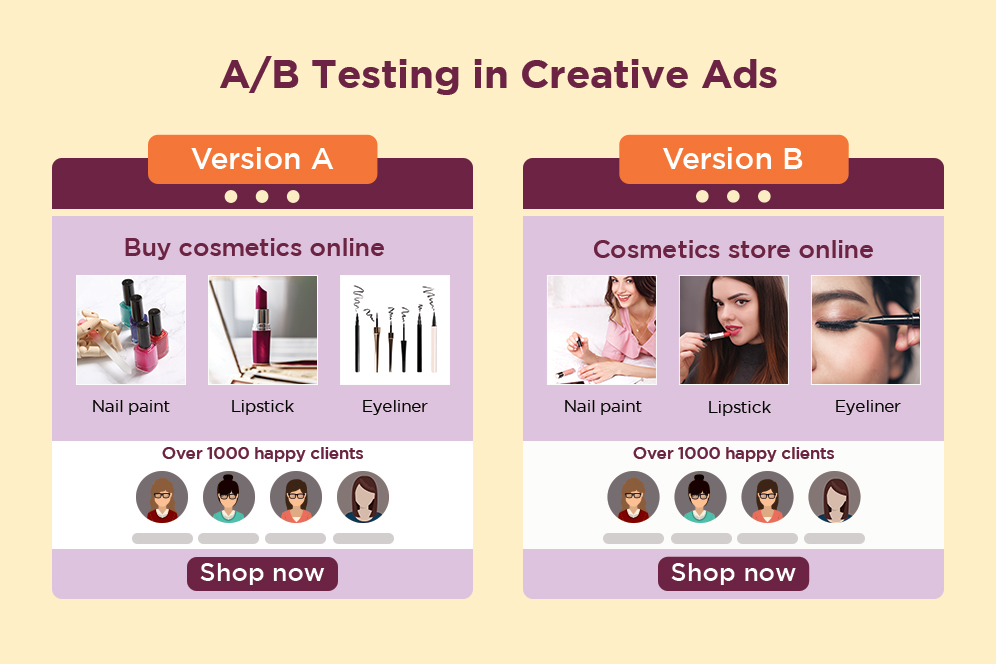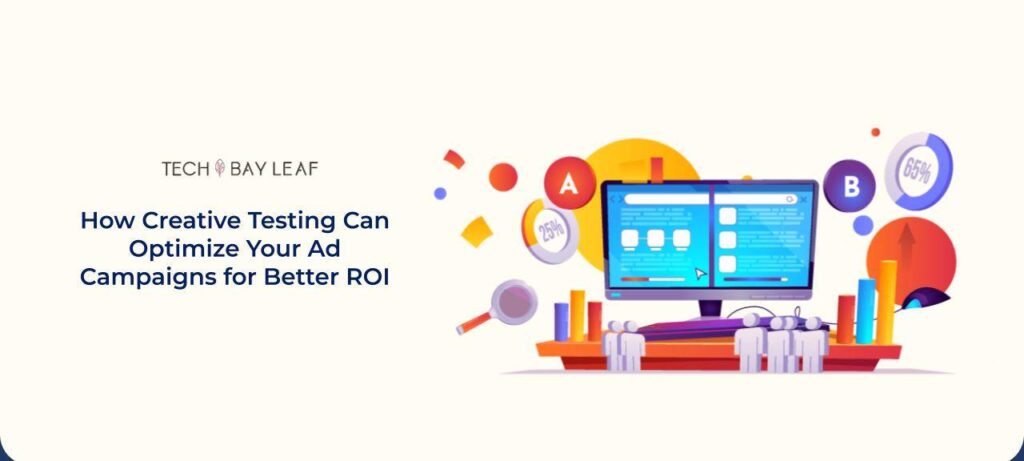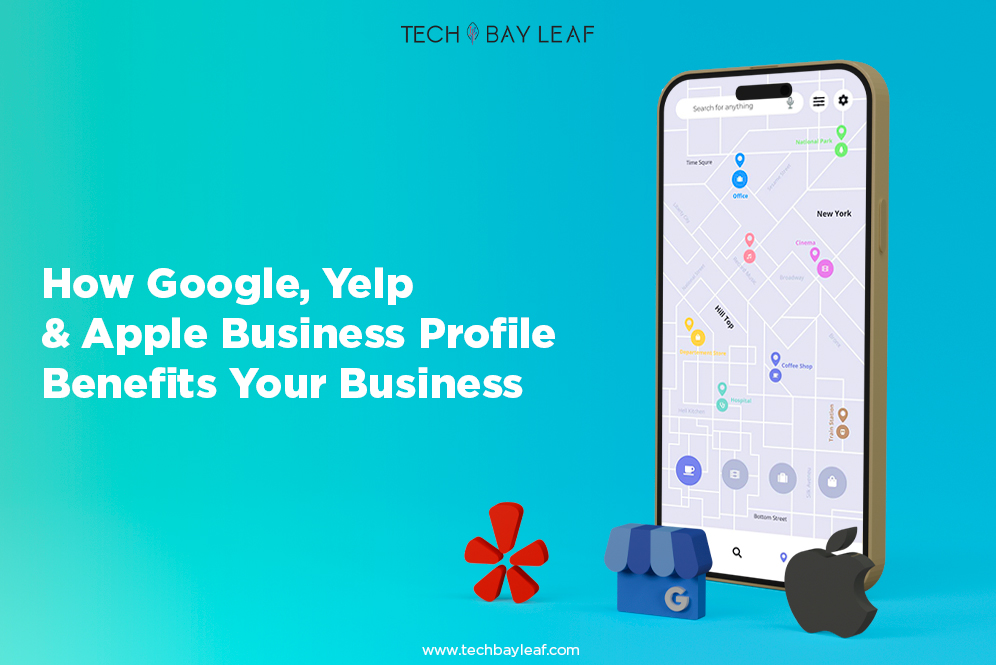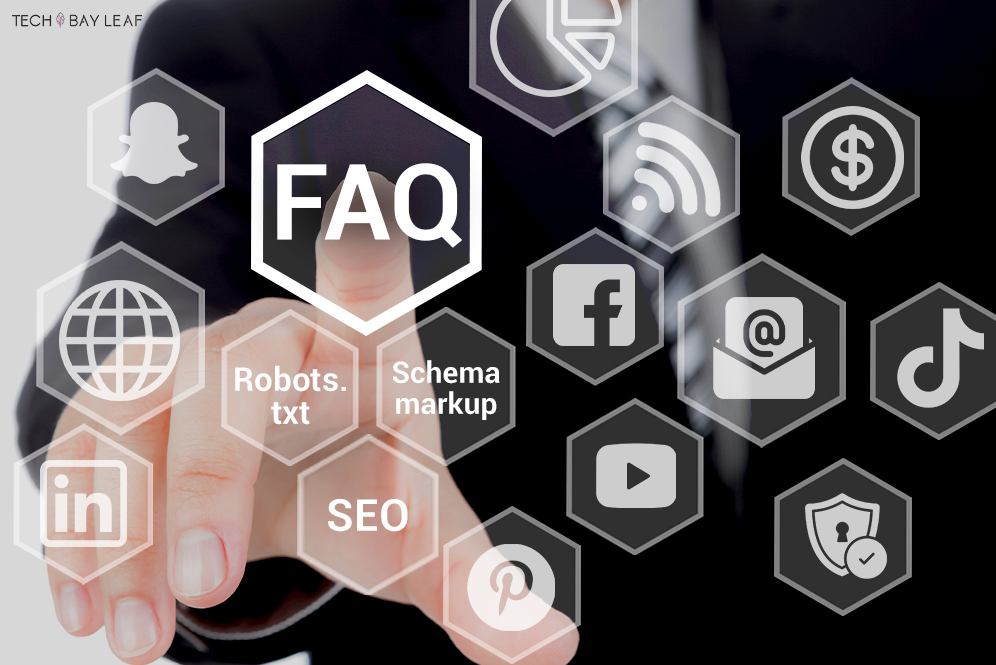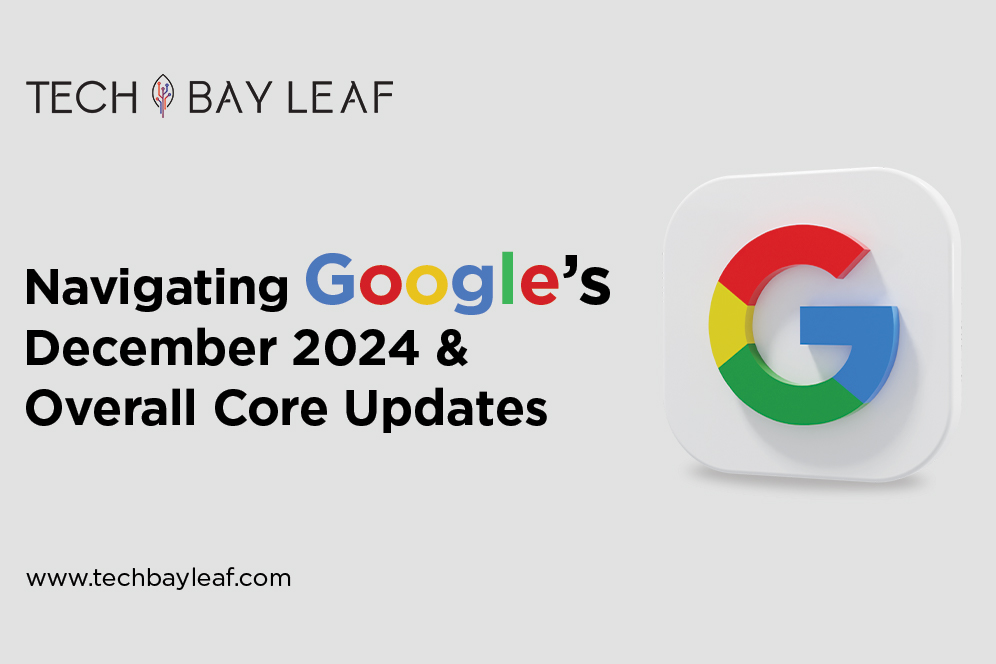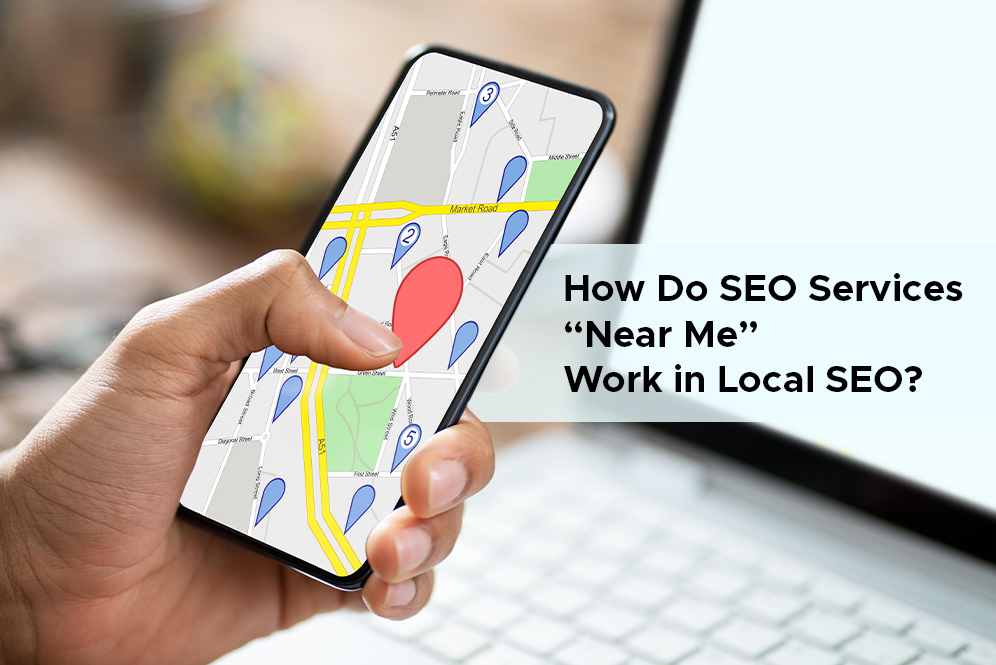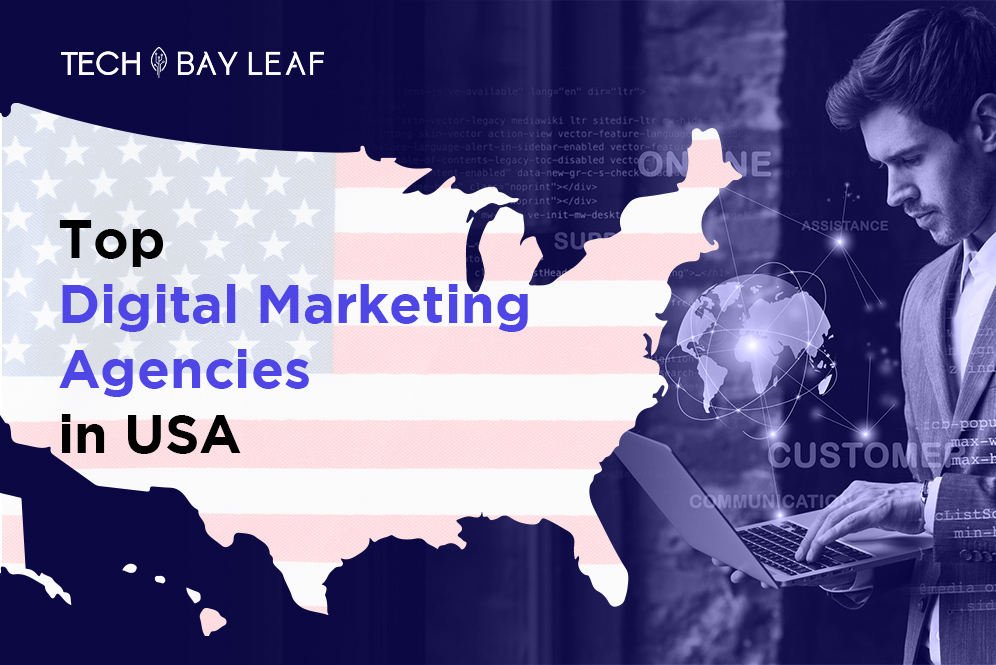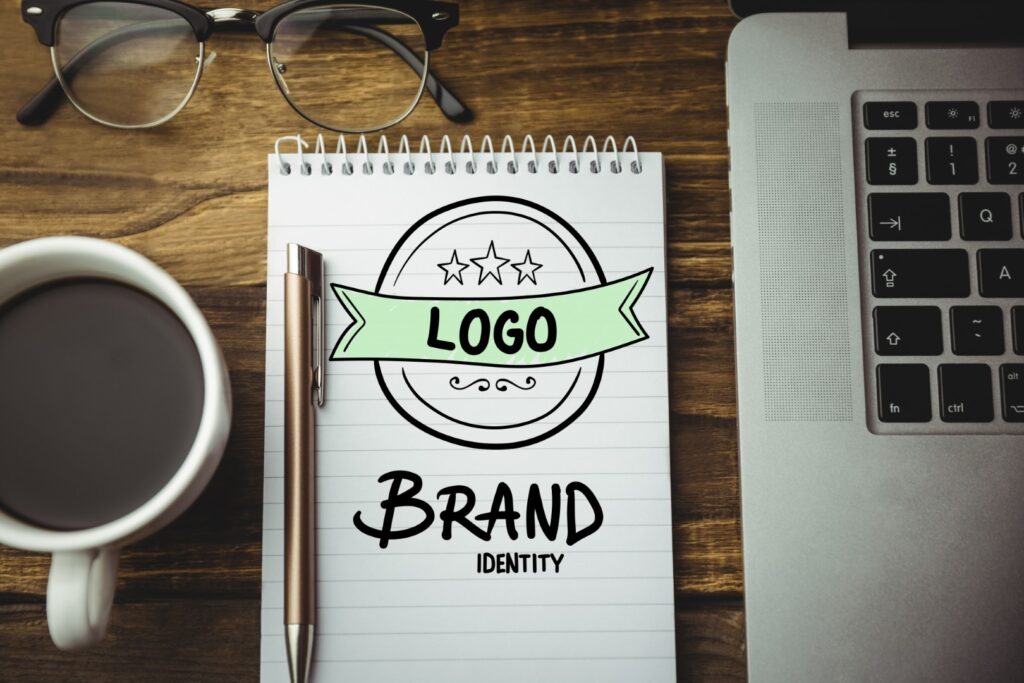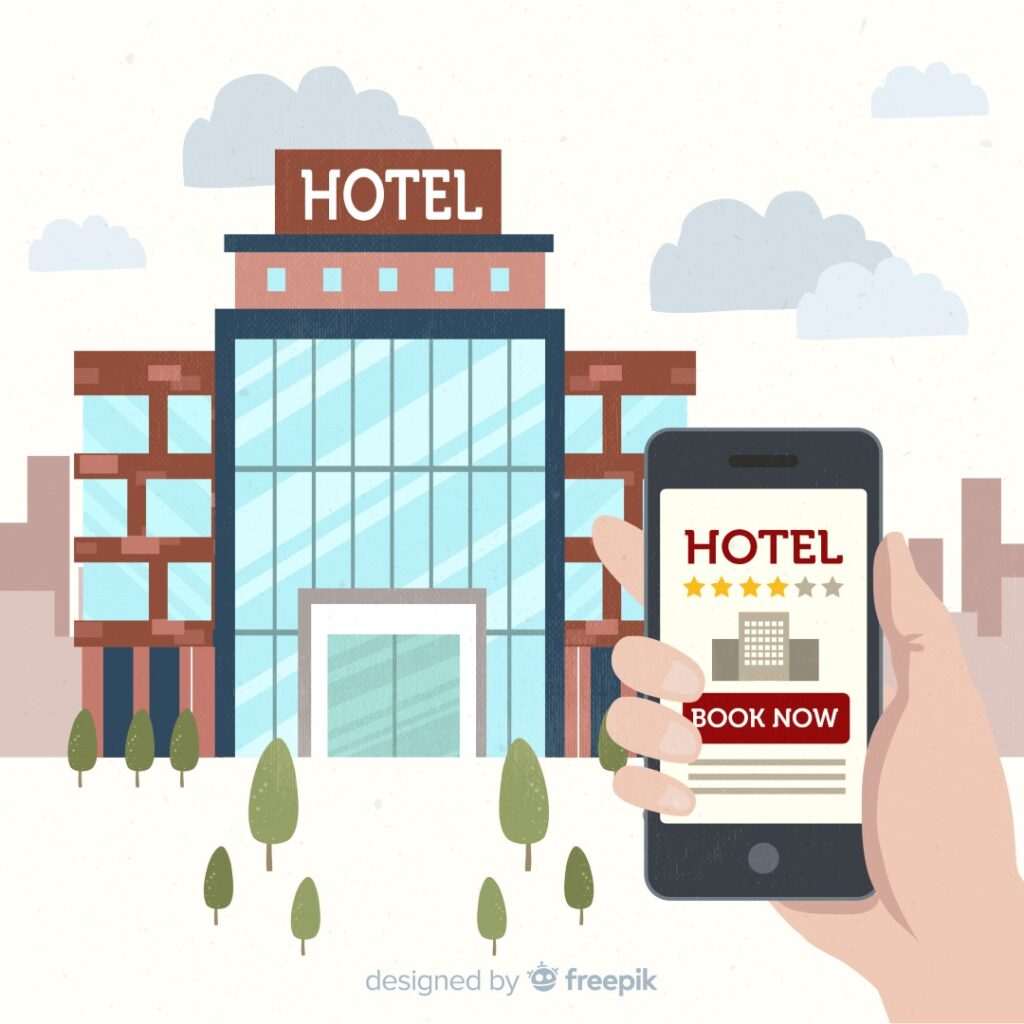SEO and Paid Search strategies are often placed under a similar category. However, there are magnitudes of differences between them. The objective of their application is to cut the unwanted noise for brands to come forward within reach of their target audience. Both are necessary to drive traffic, gain recognition, better rankings in search results, and be cost-effective.
Before we dive into our topic, let Tech Bay Leaf shed some light on the differences and similarities between SEO and Paid Search.
Understanding the Relationship Between SEO and Paid Search
SEO (Search Engine Optimization) helps improve organic rankings with content optimization, link building, and technical SEO. The key performance indicators (KPI) include keyword rankings, click-through rates, and conversion rates, allowing us to deliver sustainable results. As everything is organic, the results aren’t available instantly and require time. It is highly cost-effective in the long run.
Paid search or PPC provides a much quicker result compared to SEO. If the targeted keyword is triggered with a search, the ad will appear within the search results, initiating visibility. These are done by bidding on keywords which the brand represents the most. However, costs can add up quickly, especially in competitive industries.
When used together, these strategies complement each other, providing short-term gains while building a strong organic presence over time.
Integrating SEO and PPC (Paid Search)
With SEO and paid ads combined, we can Identify high-performing keywords by analyzing PPC data to determine which keywords convert best. Using this data to optimize your SEO content strategy by targeting high-performing terms in organic content helps reach better results. Some keywords may be too competitive to rank organically. In such cases, use PPC to maintain visibility while working on long-term SEO efforts.
Leverage PPC Data for SEO
Identify long-tail keywords that drive high-quality traffic.
- Discover negative keywords to exclude low-intent searchers.
- Analyze user behavior and conversion rates to refine organic content strategies.
Use organic CTR data to optimize ad copy, and SEO metadata, including title tags and meta descriptions, provide insights into which phrases drive clicks. Using this data allows us to maximize efficiency with SEO and paid search.
Leveraging high-ranking organic content for PPC landing pages helps it rank well organically. It means lower CAC with SEO and PPC as Google considers it highly relevant. Repurpose high-ranking pages as landing pages for PPC campaigns to improve Quality Score and reduce cost per click (CPC).
Enhancing Retargeting and Audience Targeting
Retarget organic visitors with PPC ads. Combined SEO and PPC approach allows us to reintroduce your brand to an already interested audience. Many organic visitors may not convert on their first visit. Use retargeting ads to bring them back and complete the conversion.
Segment PPC audiences based on engagement and conversion behavior. Use these insights to tailor SEO content to different user personas. Identify high-performing blog posts or guides and repurpose them for display and YouTube ads to reach a wider audience.
Optimizing Landing Pages for SEO and PPC
A well-optimized landing page is the benefits both strategies. Maximize efficiency with SEO and paid search, by ensuring fast load times, mobile optimization, and clear CTAs. Using SEO best practices (structured data, internal linking, keyword placement) to improve rankings. Aligning landing page content with PPC ads helps increase conversions and lower bounce rates.
Tracking and management also become reliable by integrating SEO and paid search data in analytics. Tools like Google Analytics, Google Ads, and Search Console to track both organic and paid performance in one dashboard.
Measuring a combined return on investment (ROI ) is better. With PPC and SEO work together to drive conversions. Look at assisted conversions to understand how organic search contributes to paid search success.
Adjusting the budget based on performance makes it effective SEO and PPC strategies to reduce CAC. If a keyword performs well in organic search, reduce PPC spend on it and allocate the budget to other high-cost keywords. If a high-value keyword struggles in SEO, supplement with PPC until rankings improve.
CAC Effectiveness: Success Stories From Tech Bay Leaf
Our clients have achieved impeccable growth with the perfect integration of SEO and paid search. Belonging to different industries, our clients gained exponential results across their market.
SEO: Service clients improved their overall reach by 108%, whereas manufacturing client improved their reach by 88%, organically.
CAC: Better the reach, lower the Customer Acquisition Cost (CAC). On average our clients had a reduction in their CAC by 39%.
Lead Generation: Overall, our clients got a boost of 48% in leads with the help of our perfect integration.
By leveraging high-CPC keywords and integrating them into our keywords, essentially boosting our SEO strategy for organic ranking, as well as directing clicks through PPC.
Conclusion
Integrating SEO and PPC is essential for maximizing efficiency and reducing CAC. For properly aligned keyword strategies, optimized landing pages, and insights from both channels, it’s better to hire SEO and paid search experts like Tech Bay Leaf. Businesses can drive better search visibility, improve ROI, and create a sustainable digital marketing strategy.
By adopting a holistic approach and affordable SEO and PPC strategies, you can leverage the strengths of both SEO and PPC, ensuring a well-rounded, cost-effective search marketing strategy that delivers long-term success.
